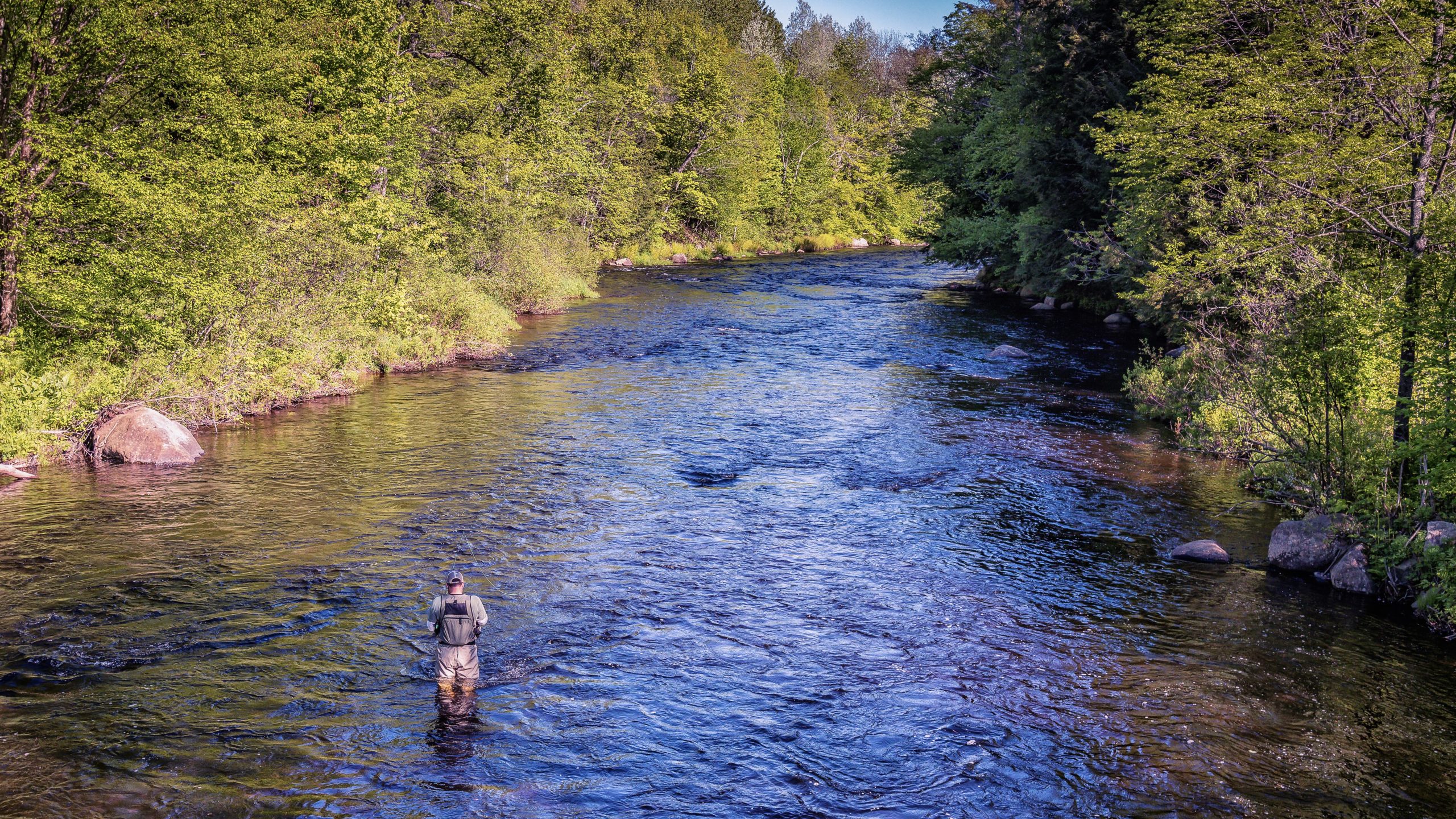The Adirondacks region of New York is famous for its brook trout fishing. But as the climate warms, this cold-water fish is in trouble.
Stephen Jane is a postdoctoral fellow at Notre Dame University. He says in the summer, the sun warms the water near a lake’s surface. Warm water is less dense than cold water, so it forms a layer that floats on top of the cooler water below.
Jane: “In many lakes, it stays that way until late in the fall when the air temperatures cool down.”
That top layer can get too hot for brook trout. And it’s getting even warmer as the climate changes.
But the fish may be unable to find refuge in deeper water, because there may not be enough oxygen there.
A lake’s oxygen supply gets depleted by fish and other organisms and replenished with oxygen from the air.
But during the period of the year when the layers of the lake do not mix, oxygen cannot reach the deeper waters.
As the climate warms, that period is lasting longer. So brook trout are having a harder time finding water that’s cool enough and oxygen-rich.
Jane: “They’re just getting squeezed into this smaller and smaller available habitat.”
So anglers may find fewer brook trout in Adirondack lakes.
Reporting credit: Sarah Kennedy / ChavoBart Digital Media
We help millions of people understand climate change and what to do about it. Help us reach even more people like you.
Source link


